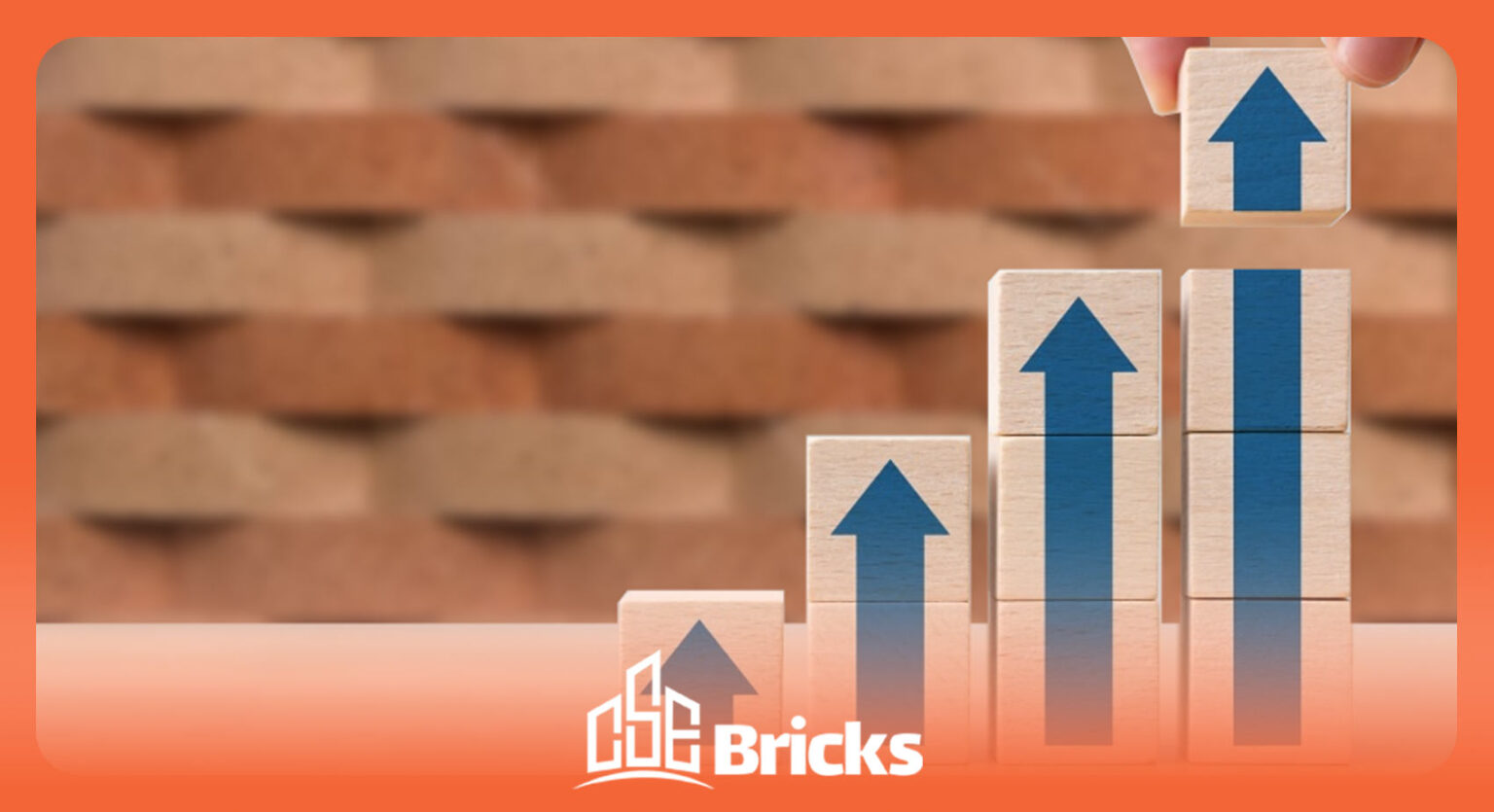Blog
Interlocking Brick Revenue

Interlocking Brick Revenue
Interlocking Brick Profit
Bricks have been used as a construction material across every continent and era. Many jobs rely on the procurement of these materials, making it essential to understand the income generated from them. This article examines and justifies the economic advantages of using interlocking bricks and the interlocking brick revenue they generate as a construction material. It also outlines related construction techniques for providing urban housing in developing countries.
Urgent Need for Sustainable and Affordable Construction Materials
Most cities and towns in developing countries are facing a massive influx of population from rural areas. A large number of rural populations migrate to urban areas in the hope of finding better job opportunities and higher income for their survival. This overwhelming influx creates a high demand for housing and urban infrastructure, which the majority of migrants are unable to afford.
Additionally, the inefficient use of expensive traditional construction materials and techniques in residential buildings has led to increased housing costs for the majority of people. Hence, it has become essential to assess alternative construction methods and materials that are economical as well as sustainable. Given the aforementioned challenges, construction with interlocking bricks provides an effective solution for both parties involved in the project, which we will explore further in the following discussion.
Profit of Interlocking Bricks for Consumers
Interlocking bricks are an alternative building material that is significantly cheaper than traditional bricks and concrete, and also more environmentally sustainable.
In many developing nations, soil remains the most commonly used building material due to its low cost and wide availability. Additionally, it can easily be transformed into construction elements.
With the rising energy costs associated with the production of modern construction materials, engineers stated in 1981 that the proper use of earth in construction would lead to more affordable and efficient buildings. As a result, the benefits of interlocking bricks (CSEB), which reduce both financial and energy costs, are being utilized in housing construction. Due to the cost-effective production of these bricks, they are not only affordable for consumers but also highly profitable for producers.
Profit from Construction with Interlocking Bricks
Brick-making can be done on a “self-help” basis, which eliminates labor costs, and as you know, soil is often readily available at no cost. The use of interlocking bricks in construction is cost-effective, resulting in significant savings in construction expenses.
In fact, the cost per square meter of construction using interlocking bricks is approximately 40% lower compared to conventional bricks and blocks. The cost reduction for blocks is nearly 70%, and for roofing sheets, it is 48%.
According to engineers, building housing with conventional materials (bricks, concrete) is very expensive for the majority of people in urban areas, where transportation accounts for almost 40% of the total material cost. On the other hand, construction with conventional bricks requires more bricks per square meter of wall, more mortar, and additional time for laying the bricks.
Comparison of Profit from Interlocking Bricks vs. Other Bricks
The Auroville Institute in India, based on its research, has stated that one cubic meter of CSEB interlocking bricks is approximately 23.6% cheaper than one cubic meter of conventional bricks. Nevertheless, this method also requires careful consideration of energy usage:
Some studies have shown that constructing one square meter of masonry with green bricks (eco-friendly bricks) made of CSEB (interlocking brick) uses five times fewer bricks and consumes 15 times less energy compared to conventional bricks. Interlocking bricks are generally cheaper than conventional bricks, and this can vary from place to place, especially considering the different cement costs.
Revenue from Interlocking Bricks for Producers
The revenue from interlocking bricks (CSEB) varies significantly depending on the production costs, which can differ from country to country and even from one region to another within the same country. However, the revenue from interlocking bricks for producers using interlocking brick machines is considerable on a monthly basis. This is especially true for producers who own quarries and use raw materials for interlocking bricks, such as scrap and waste by-products.
“4 Reasons for the Variability in Interlocking Brick Revenue”
- Availability of soil
- The soil’s appropriateness for stabilization determines the necessary type, quality, and amount of stabilizers; in cases where the soil exhibits very high linear shrinkage, additional sand might need to be procured become necessary.)
- Current prices of materials, especially stabilizers
- Current labor costs and labor productivity
The revenue from interlocking bricks and the associated production costs vary based on the location and production conditions, but generally, the cost percentages are as follows:
- Labor: 20 to 25%
- Soil and Sand: 20 to 25%
- Cement: 40 to 60%
- Equipment: 3 to 5%
Economic Sustainability with Interlocking Bricks
Economic sustainability can be best achieved through decentralized production systems that rely on local resources and simple process cycles. This cost reduction is due to the simplicity of the process and the reliance on local resources. Dependence on local resources significantly reduces the distance between production factories and construction sites, thereby eliminating many transportation costs. The simplicity of the process, by removing the need for expensive equipment and reducing the consumption of other inputs (labor, raw materials, and fuel), lowers costs. On the other hand, complex technologies increase the distance and demand for costly equipment and additional inputs, resulting in higher overall costs.
For example, cement, which is a key component in brick and masonry, has a complex production process. As a result, it is considered an expensive building material, and the production rate of cement cannot meet the demand. Therefore, it is evident that the CSEB construction technology provides a cost-effective solution for low-cost urban housing. Given the benefits of interlocking bricks in construction for consumers and the revenue generated for producers, this product has become valuable in many developing countries.
Given that building houses with interlocking bricks and blocks is highly cost-effective and reduces many expenses, setting up an interlocking brick production line is highly profitable, and by producing interlocking bricks and blocks, you can earn revenue.
Dear users, if you have any questions regarding the revenue and profit of interlocking bricks, please fill out the form below. Our experts will respond to you at the earliest opportunity.







